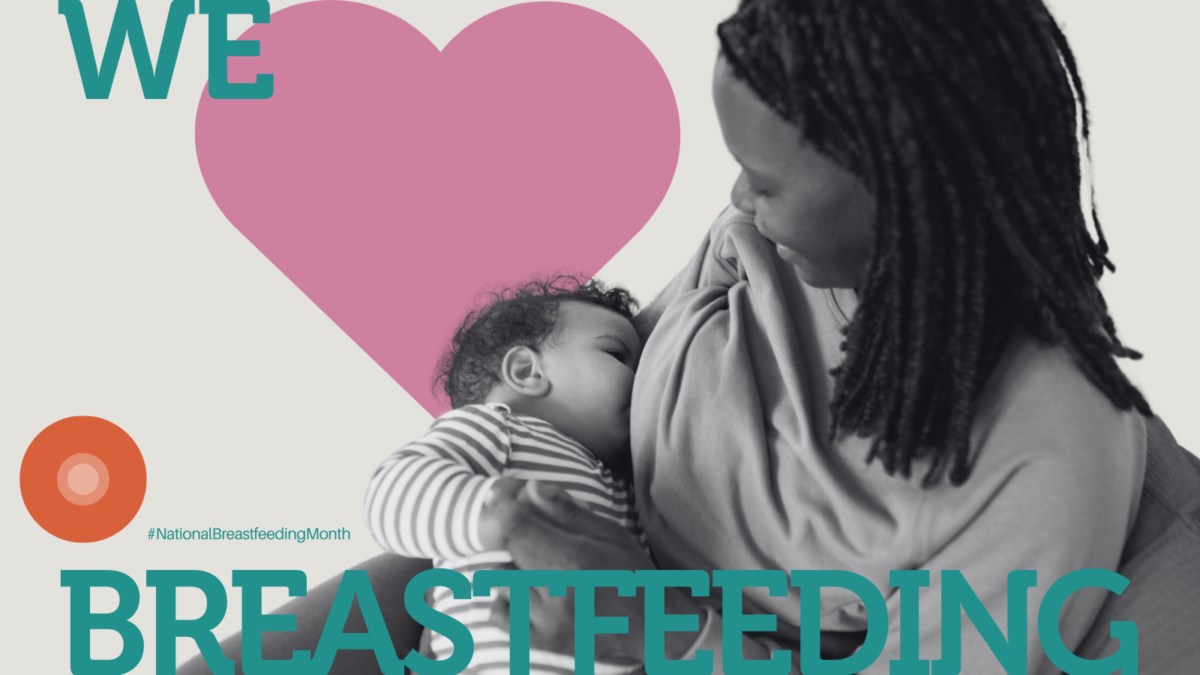By Minerva Delgado, Director of Coalitions & Advocacy at the Alliance to End Hunger
March is National Nutrition Month. While the first impression we may get from hearing this is interpreting it as a challenge that seems simple and straightforward, the truth is that we as Americans are not great at nutritious eating.
The U.S. Department of Agriculture (USDA), through its Healthy Eating Index reports,…“average diets in the U.S. do not conform to dietary recommendations.” The CDC reports that only small percentages of American adults consume the suggested amounts of fruits (12%) and vegetables (10%) daily. Poor nutrition can contribute to illness and death. Poor diets have been associated with nearly half of deaths from cardiometabolic diseases in the United States.
Developing healthier eating habits, while important, can be really challenging. These challenges are only further compounded for low-income families. Low-income households face additional challenges and tend to have fewer resources, less time for food preparation, and less access to healthy foods. Federal nutrition programs provide an opportunity to mitigate these challenges and support healthier diets.
The USDA defines nutrition security as consistent and equitable access to health, safe, affordable foods essential to optimal health and well-being. Nutrition security has become an important goal of federal nutrition programs alongside the long-standing goal of food security. We know that nutrition and food security are intertwined – a person cannot achieve nutrition security if they are food insecure. Unfortunately, food insecurity has been increasing. Food insecurity increased sharply in 2022 across all populations. Across our country, an estimated 44 million people, including 13 million children, were living in food-insecure households.
Fortunately, most food-insecure households can turn to federal nutrition programs. These programs form a necessary food safety net, providing access to food and improving nutrition, health, household finances, academic outcomes for children and productivity for adults. They also have broad societal impacts such as supporting farmers and retailers, reducing healthcare costs and increasing gross domestic product.
Two key programs are the Supplemental Nutrition Assistance Program (SNAP) and Special Supplemental Nutrition Program for Women, Infants, and Children (WIC).
SNAP is the largest federal nutrition program, with over 42 million people receiving a monthly shopping credit to be used at approved retailers including grocery stores, farmers markets, and online shopping. The size of the benefit depends on a variety of criteria, such as income and household size, and was recently raised to an average of approximately $5.45 per person per day. This bump in the SNAP benefit was the result of a reevaluation of the Thrifty Food Plan, the basis of the SNAP benefit amount.
While the benefit is modest, it has a huge impact on program participants. SNAP helps families stretch their food budgets, putting nutritious foods within reach. As reported by Center on Budget and Policy Priorities, “SNAP improves food security, offers benefits that enable families to purchase healthier diets, and frees up resources that can be used for health-promoting activities and needed medical care.”
According to USDA, SNAP reduces the rate of food insecurity among participants by at least 30%, particularly among young children and the most food insecure families. Participation in SNAP lays the foundation for greater nutrition security among participants.
WIC differs from SNAP in specifically focusing on “nutritionally at-risk” mothers and children. In addition to offering health screenings and breastfeeding support, WIC families receive vouchers for foods meant to maximize healthy birth outcomes and child development.
WIC has demonstrated multiple nutrition and health benefits, including: decreasing fetal deaths and infant mortality; improving the growth of nutritionally at-risk infants and children; and significantly improving children’s diets. Children enrolled in WIC are more likely to have a regular source of medical care and up-to-date immunizations. WIC also prepares children for school by improving intellectual development.
National Nutrition Month is an opportunity to highlight the tremendous importance of these programs as we strive to improve the nation’s nutrition and health. It was great to see Congress recently invest an additional $1 billion in WIC to address growing need for this vital program. Now Congress has another opportunity to help struggling families through continued protection of and investment in SNAP. We have the opportunity to use this month of action to not only look inwardly at our own nutritional choices, but also more broadly at what will make our nation as a whole healthier.











